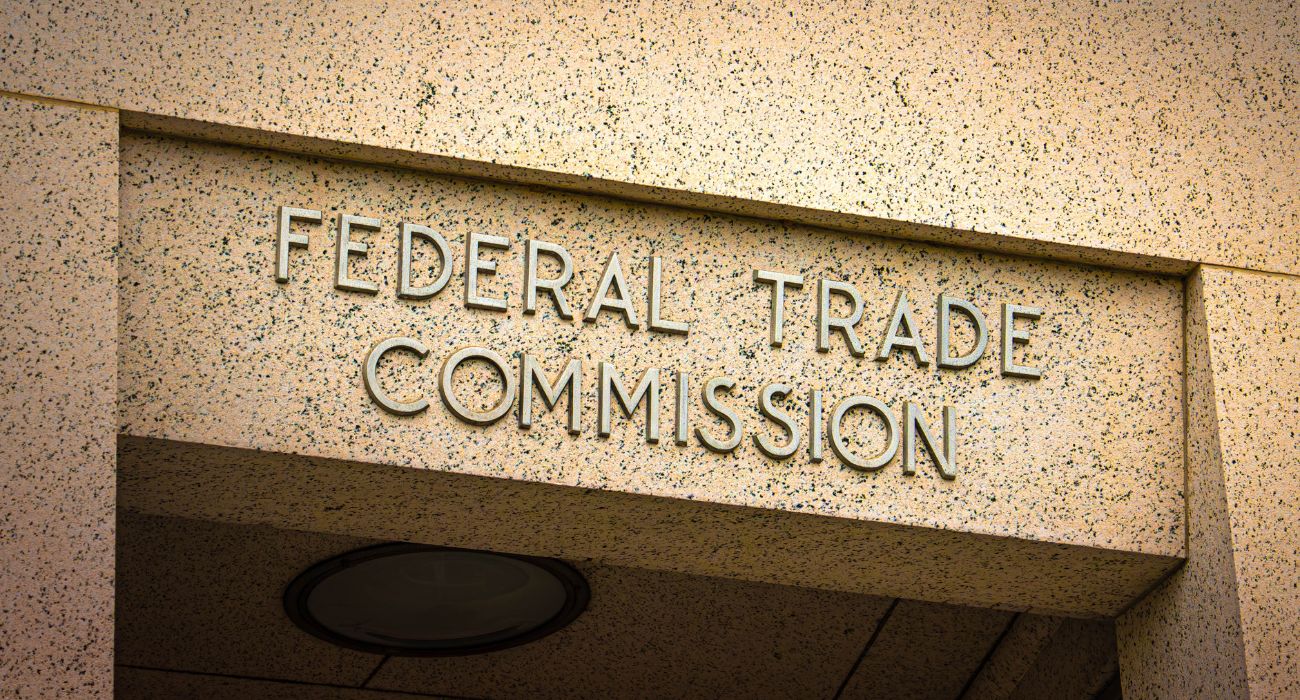The U.S. labor market has cooled to 2021 levels, even as labor market conditions remain tight.
In a note issued to clients by the Wells Fargo Investment Institute on Thursday, the bank said that average hourly earnings slowed down in May, leaving wage increases below current inflation levels. The average U.S. employee made $31.95 an hour in May, marking a 5.2% increase over the past 12 months, according to the latest employment data from the Bureau of Labor Statistics released on June 3.
A survey by Salary.com, conducted from February 25 to March 7, polled 1,173 companies in the United States and Canada. It found that 73% of U.S. organizations aim for a payroll increase of 4% or more, while 43% are growing their salary merit-increase budgets by 5% or more.
Federal Reserve Chair Jerome Powell told lawmakers on Thursday that the labor market was extremely tight and “sort of unsustainably hot” while noting that the Federal Reserve is still far off from its inflation target of 2%.
“We really need to restore price stability, get inflation back down to 2 percent,” said Powell. “Without that, we’re not going to be able to have a sustained period of maximum employment.”
Wells Fargo says imposing headwinds may leave the U.S. economy vulnerable to a recession later this year, with consumer spending showing signs of wear.
According to Ryan Sweet, a senior economist at Moody’s Analytics, the Fed’s introduction of quantitative tightening is having the desired effect.
“The Fed is getting what it wants as financial market conditions tighten and interest-rate-sensitive parts of the economy respond to the removal of monetary policy accommodation,” said Sweet.
The number of people receiving unemployment benefits for more than one week rose by 3,000 to 1.312 million the week ending June 4.
“For now, supply and demand mismatches will keep [unemployment] filings low,” said Rubeela Farooqi, chief U.S. economist at High-Frequency Economics. “But the level could start to trend up as the Fed continues to remove policy accommodation to slow demand.”






